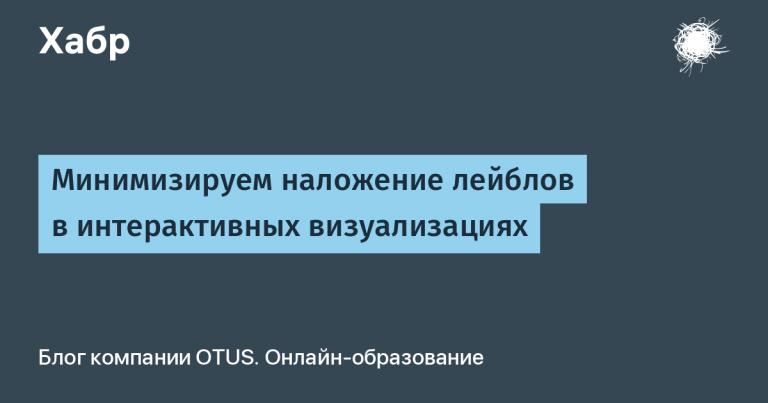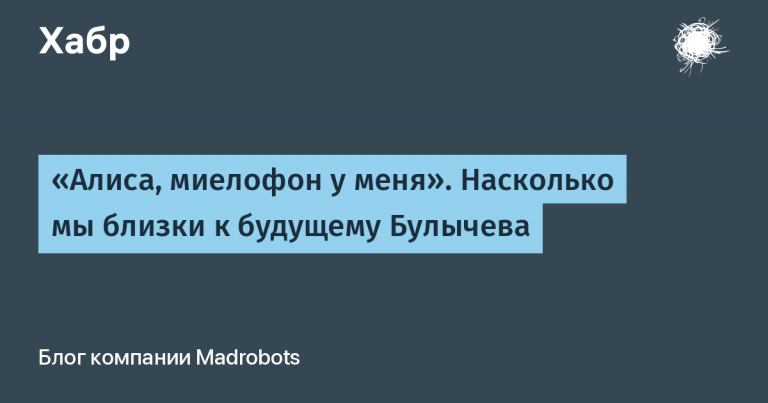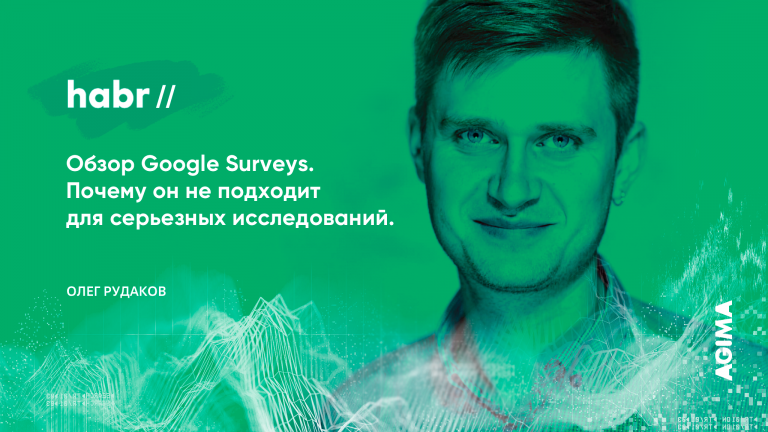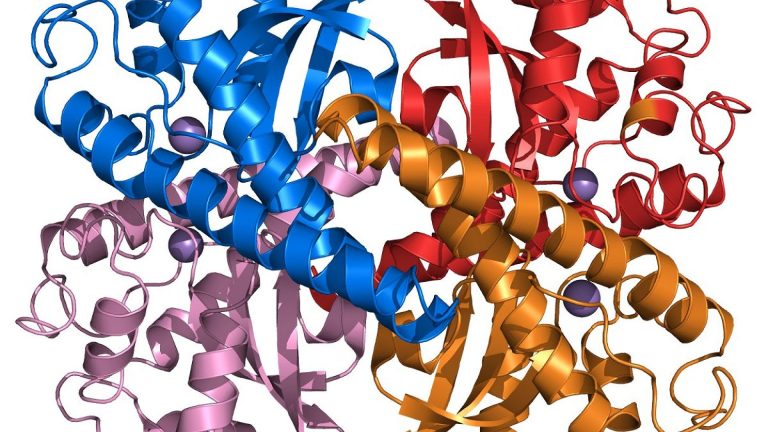no longer the first adding machine
Last time we told you about the “Counting Clock,” invented by the German mathematician and astronomer Wilhelm Schickard in 1623. This is the first adding machine, not counting the Antikythera mechanism. But he didn’t become the first right away. Since for a long time the drawings of Schiccard’s adding machine were hidden by history, the palm was borne by Pascal’s adding machine, also known as “Pascalina,” invented by the French scientist Blaise Pascal in 1642. We’ll talk about her and her inventor in today’s article.

Pushing Through the Pain: The Complex and Rich Life of Blaise Pascal

Blaise Pascal was born in June 1623 in Clermont (now Clermont-Ferrand, France) in the family of 35-year-old financier and mathematician Etienne Pascal and 27-year-old daughter seneschal Auvergns (one of the court positions) of Antoinette Begon. In addition to Blaise, there were two more children in the family – the elder sister Gilberte (orig. Gilberte, born in 1620) and the younger sister Jacqueline (born in 1625).
In 1626 Blaise's mother died. From birth she was a weak and fragile woman, and her death is associated precisely with congenital illness. This pain was passed on from mother to son. Blaise's weakness and poor health, judging by the diaries of his sister Gilberte, began to be evident from the age of two. From the age of 18, he already experienced constant pain, and from the age of 24, he could not eat solid food and ate very small portions. Together with the nurses, Blaise was alternately looked after by both of his sisters.
According to Gilberte's memoirs, Etienne, being a famous mathematician, was independently involved in Blaise's education, having created for this purpose its own special program. At the age of 8, the study of general concepts of various languages began, at the age of 12, intensive study of Greek and Latin, and at the age of 15, mathematics and grammar. The emphasis was on mathematics, as well as rational and theoretical thinking. At the same time, even at the stage of studying languages, Etienne talked with Blaise about the nature of things, in every possible way supporting his son’s curiosity and not refusing him a scientific explanation of various phenomena. Etienne also excluded such disciplines as theology and philosophy, which is quite unusual in the context of his time.
We can fully judge the talent of young Blaise from excerpts from Gilberte’s works and references to his participation in various events. At the age of 10, Blaise composed his Treatise on Sounds. The occasion was the sound of a falling plate at the table, which fell silent only when young Pascal touched the dish. In the course of studying the phenomenon, Blaise came to the “correct conclusions” about the vibrations of the particles of a sounding body, the method of their propagation through the air and the reasons for their intensity. Two years later, during a children’s game “in the science of geometry,” Blaise independently came up with the 32nd sentence of Euclid on the sum of the angles of a triangle and easily mastered Euclid’s treatise “The Beginning,” which seriously surprised Etienne. At the age of 13, Pascal became an active participant in the scientific mathematical circle of the French mathematician Marin Mersenne, where he was especially noted for his ability to learn and passion for mathematics. Blaise's father was also a member of this circle.
At age 16, Pascal wrote his Essay on Conic Sections, known as Pascal's theorem. The work became the first scientific work of the young scientist to be published. After this, the scientific community became actively interested in Blaise, including such eminent figures as the French mathematician Rene Descartes. However, after direct acquaintance with the works of Blaise, Descartes’ interest in the solutions of the young scientist faded. The fact is that Pascal was a student of another famous mathematician, Gerard Desargues, whose projective methods Descartes considered unpromising.
Descartes' cold review of his work did not stop Blaise, and he continued to diligently study the exact sciences. In 1646 Blaise learns about Torricelli experience, in which pressure is measured using a barometer filled with 75% mercury. In his experiments, Pascal comes to the conclusion that the space at the top of the test tube (turned upside down) “is not filled with any substances known in nature… and this space can be considered truly empty until the existence of any substance there is experimentally proven”. Later, Blaise and his son-in-law Florent Perrier repeated the experiment at the foot and top of the Puy de Dome mountain in Clermont, as a result of which they obtained different data and came to the conclusion about the difference in air pressure at different altitudes. Subsequently, Pascal also proposes to use this experience to determine the height of objects, or, as the scientist himself put it, to “to find out whether two places are on the same level, that is, whether they are equally distant from the center of the earth, or which of them is located higher, no matter how far they are from each other.”
In total, Blaise Pascal derived 400 corollaries and other theorems from his own theorem, and also wrote “A Complete Work on Conic Sections” and numerous other scientific works that he planned to publish, as announced in 1654 in an Address to the “Paris Mathematical Academy”. The German mathematician Gottfried Wilhelm Leibniz (another inventor of the adding machine) reviewed the drafts, after which he strongly recommended that Blaise publish them as soon as possible. Unfortunately, this never happened, and fragments of these works were preserved only thanks to copies made by Leibniz. Pascal was involved in science all his life, and some of his achievements were not included in this material.
Serious health problems and doctors' recommendations to reduce the load on the mind led to the fact that from the mid-1650s Pascal began to devote less time to the exact sciences. In addition, in 1651, Blaise's father dies, and his younger sister Jacqueline goes to a monastery, leaving her brother alone. In 1641, Gilberte married and left the family, but after her father’s death and departure, Jacqueline continued to take care of her brother until the end of his life.
Having partially moved away from the exact sciences, Blaise Pascal increasingly turned to charity, helping the poor and religious issues, and even wrote notes for a treatise in defense of the Catholic faith and radical theological position. However, due to the deteriorating health of the scientist, this treatise was also not completed. During his lifetime, Pascal wrote a lot, but only a small part of it was published and almost all religious works were posthumously seriously edited by the scientist’s assistants and followers.

In 1659, Blaise's health seriously deteriorated, headaches and other pains noticeably intensified, but the scientist himself increasingly began to reject medical help for religious reasons. In 1661, Jacqueline, with whom the scientist kept in touch after she entered the monastery, died. This was a serious blow to Pascal's emotional well-being and led to another period of rapidly deteriorating health. In 1662, he tried to get transferred to a hospital for the terminally ill, but the doctors did not dare to transport him, citing Blaise’s extremely unstable condition. On August 18 of the same year, Pascal developed convulsions and died on the morning of August 19. An autopsy subsequently revealed serious problems with the digestive system and internal organs in general, as well as brain damage.
“Pascalina”
Blaise Pascal worked on his device for five years between 1640 and 1645. His father Etienne appointed tax collector in Normandy (“Commissioner deputed by His Majesty for the Imposition and Collection of Taxes in Upper Normandy”). The amount of work was very large, and Blaise helped his father in his work. It was then that he thought about the need to facilitate calculations and create a mechanism for adding numbers.
In total, about 50 adding machines were created until Pascal came up with what he thought was the ideal version. However, it has survived to this day less than a dozen cars. Pascal willingly presented his invention to the public, gave working prototypes to important people, and generally did not hide the invention from the scientific community for the exchange of experience and in search of recognition.
“I had the patience to make up to fifty different models: some wooden, others ivory, ebony, copper, until I created the machine that I present to you now and which, although it consists of a large number of small parts, is still so durable that all the loads that it has to withstand when transported over any distance can neither spoil it nor cause it even the slightest damage. […] Now that I believe that I have brought my machine to a condition in which it can be shown, you will be grateful to me for my concern that all counting operations, so difficult, complex, long and unreliable before, would become easy, quick and reliable.” Source.

There is no reliable evidence that Pascal knew about Wilhelm Schickard's invention. The scientist himself also did not mention Schickard’s counting clock in his currently known works. Let me remind you that the working prototype of the adding machine, created in the 17th century, burned down in a fire, and a new one appeared several centuries after the death of both scientists. Due to the war and the plague, Schickard's work describing the mechanism of the adding machine disappeared and was found only in the 20th century.
Pascalina is based on the tens transfer mechanism known to us, similar to that found in the Schickard adding machine. However, if Schickard, to facilitate multiplication and division, added innovative at that time to the adding machine “Napier Sticks“, Pascalina only has an adder.


Mathematical operations were carried out in the decimal system using wheels connected to each other by gears. Each wheel had numbers from 0 to 9. When turning after 9, the next wheel in ascending order turned one forward. Thus, tens, hundreds, thousands, and so on were recruited. It was impossible to turn the wheel back. Later versions of Pascalina allowed summing up to 9,999,999.
In the Pascalina version, shown in the photo below, at the top of the adding machine there are windows on which numbers and the final number are displayed. At the bottom there are wheels for dialing numbers. They had to be dialed from left to right, just like in old telephones – select the window corresponding to a particular number and scroll it clockwise until it stops at the bottom of the wheel. When adding, the second addend is entered from left to right, the arrangement of numbers is the same as when adding in a column. To reset the readings, you must first set all the wheels to 9 (so that all windows show 9), and then turn the outer right wheel to 1.

The long metal panel on the windows is movable. In the upward position, addition operations are performed. To subtract, it is moved down, opening the upper part with windows, and all the reels are installed so that 9s appear in the windows. After that, from left to right, the minuend is entered, after it – the subtrahend, also from left to right. The numbers must be arranged as when dividing into a column in accordance with tens, hundreds, etc., as well as when adding.
Pascalina's main purpose is summation. You can multiply and even divide on it, but this is an extremely complex process that was not provided for by the original design. In this regard, it is inferior to the Schickard adding machine, where multiplication and division operations are implemented more simply. However, for its time it was definitely a breakthrough mechanism, which aroused considerable interest in the scientific community of that time and inspired other researchers.




